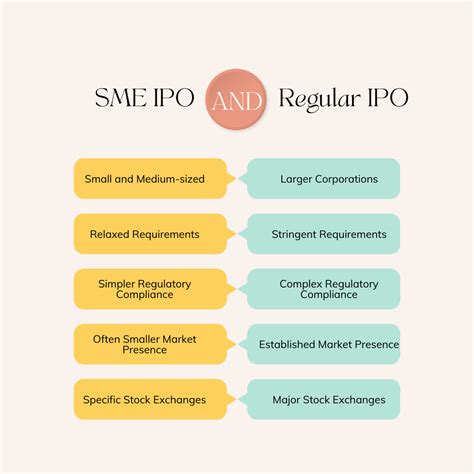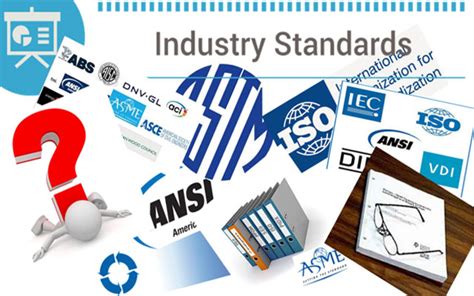hermes vs smema | SMEMA and The Hermes Standard: Two generations of hermes vs smema Hermes is a machine-to-machine communication standard used in the SMT assembly industry. It is a successor to the SMEMA standard, introducing improvements such as: simpler physical wiring (Ethernet), use of popular data transmission formats (TCP/IP and XML), reduced number of barcode scanners (required only once . To cancel your car insurance policy, give us a call: 0330 678 5111. If you have a multi car policy, call us and we can remove the car, without you having to cancel the whole policy. If you've not made a claim, we'll refund any money you've paid, less a charge for the cover you've had, and a cancellation charge of £40.
0 · What are the differences between SMEMA and HERMES?
1 · What are the differences between SME
2 · The Hermes Standard
3 · The Global Standard for Machine
4 · SMEMA and The Hermes Standard: Two generations of
5 · M2M Communication in SMT Manufactu
6 · IPC
7 · Hermes protocol
Candy Crush Saga Level 1351 Goals 30 Moves Clear 2 Double Jellies Target: 1 star = 8,000 points, 2 star = 80,000 points and 3 star = 150,000 points Candy Crush Saga 1351 Tips And Cheats This level is hard. First try to collect keys to unlock sugar chest. Keys fill fall on 25, 20, 15, 10 [.]
Hermes is a machine-to-machine communication standard used in the SMT assembly industry. It is a successor to the SMEMA standard, introducing improvements such as: simpler physical wiring (Ethernet), use of popular data transmission formats (TCP/IP and XML), reduced number of barcode scanners (required only once .

SMEMA and The Hermes Standard: Two generations of machine to machine communication. te of the art in technology ready for tough industrial. dard was introduced only in March 2017. It .Where SMEMA in the late 1990s was a first important step towards board handover between machines in an SMT assembly line, The Hermes Standard introduces the full capabilities of .In summary, SMEMA is an older, hardware-centric standard that focuses on the physical and electrical interconnection of equipment in a PCB assembly line. HERMES is a newer, software .The word “machine” is used for any equipment which can be found in a SMT production line (e.g., printers, placement machines, ovens, AOIs, transport modules, shuttles, stackers). The term .
This section describes the basic Hermes use case, i.e. how HERMES replaces SMEMA, followed by additional use cases to support factory automation and traceability. 3.1 Hermes Basic .Hermes is a machine-to-machine communication standard used in the SMT assembly industry. [1] IPC-HERMES-9852. It is a successor to the SMEMA standard, introducing improvements such as: simpler physical wiring (Ethernet), use of popular data transmission formats (TCP/IP and XML), reduced number of barcode scanners (required only once at the .
SMEMA and The Hermes Standard: Two generations of machine to machine communication. te of the art in technology ready for tough industrial. dard was introduced only in March 2017. It includes all features of SMEMA regarding board handover but addresses a far wider range o.Where SMEMA in the late 1990s was a first important step towards board handover between machines in an SMT assembly line, The Hermes Standard introduces the full capabilities of industrie 4.0 technologies to the assembly line.
In summary, SMEMA is an older, hardware-centric standard that focuses on the physical and electrical interconnection of equipment in a PCB assembly line. HERMES is a newer, software-driven standard that emphasizes data exchange and integration in a more advanced and Industry 4.0-ready manner.
The word “machine” is used for any equipment which can be found in a SMT production line (e.g., printers, placement machines, ovens, AOIs, transport modules, shuttles, stackers). The term “PCB” may also refer to carriers transporting PCBs. The word “Hermes” is used as abbreviation for “The Hermes Standard”.This section describes the basic Hermes use case, i.e. how HERMES replaces SMEMA, followed by additional use cases to support factory automation and traceability. 3.1 Hermes Basic Board Transfer The SMEMA standard and its successor, the Hermes protocol, play central roles by providing clear guidelines for mechanical and electrical interfaces. This article explains how adhering to these standards can optimize your production processes.
The Hermes Standard (IPC-HERMES-9852) makes modern machine-to-machine communication protocols possible, while IPC-CFX (IPC-2591) offers a standardized vertical machine connection. Both standards are tailor-made for PCB assembly lines and . What can SMT manufacturers and OEMs expect from Hermes, and how can Hermes be implemented efficiently? Let’s take a closer look. It’s been four years since the Hermes Standard was introduced as a smart replacement for the IPC-SMEMA Standard.The Hermes Standard replaces the electrical SMEMA cables via TCP/IP-based network connections, allowing to benefit from the advantages of a message-based protocol. For The Hermes Standard, neighboring machines need to be connected either directly via crossover cables or a network.Hermes is a machine-to-machine communication standard used in the SMT assembly industry. [1] IPC-HERMES-9852. It is a successor to the SMEMA standard, introducing improvements such as: simpler physical wiring (Ethernet), use of popular data transmission formats (TCP/IP and XML), reduced number of barcode scanners (required only once at the .
SMEMA and The Hermes Standard: Two generations of machine to machine communication. te of the art in technology ready for tough industrial. dard was introduced only in March 2017. It includes all features of SMEMA regarding board handover but addresses a far wider range o.Where SMEMA in the late 1990s was a first important step towards board handover between machines in an SMT assembly line, The Hermes Standard introduces the full capabilities of industrie 4.0 technologies to the assembly line.In summary, SMEMA is an older, hardware-centric standard that focuses on the physical and electrical interconnection of equipment in a PCB assembly line. HERMES is a newer, software-driven standard that emphasizes data exchange and integration in a more advanced and Industry 4.0-ready manner.The word “machine” is used for any equipment which can be found in a SMT production line (e.g., printers, placement machines, ovens, AOIs, transport modules, shuttles, stackers). The term “PCB” may also refer to carriers transporting PCBs. The word “Hermes” is used as abbreviation for “The Hermes Standard”.
This section describes the basic Hermes use case, i.e. how HERMES replaces SMEMA, followed by additional use cases to support factory automation and traceability. 3.1 Hermes Basic Board Transfer The SMEMA standard and its successor, the Hermes protocol, play central roles by providing clear guidelines for mechanical and electrical interfaces. This article explains how adhering to these standards can optimize your production processes.
The Hermes Standard (IPC-HERMES-9852) makes modern machine-to-machine communication protocols possible, while IPC-CFX (IPC-2591) offers a standardized vertical machine connection. Both standards are tailor-made for PCB assembly lines and . What can SMT manufacturers and OEMs expect from Hermes, and how can Hermes be implemented efficiently? Let’s take a closer look. It’s been four years since the Hermes Standard was introduced as a smart replacement for the IPC-SMEMA Standard.

What are the differences between SMEMA and HERMES?

prada suit navy blue

In the harsh desert, the Israelites wander on rugged paths, under the blazing sun, through chilly nights. It feels endless. One day, the children discover a creature with a horn that glows like the moon and a coat that glistens like stained glass. A creature as real as hope, as real as joy.
hermes vs smema|SMEMA and The Hermes Standard: Two generations of



























